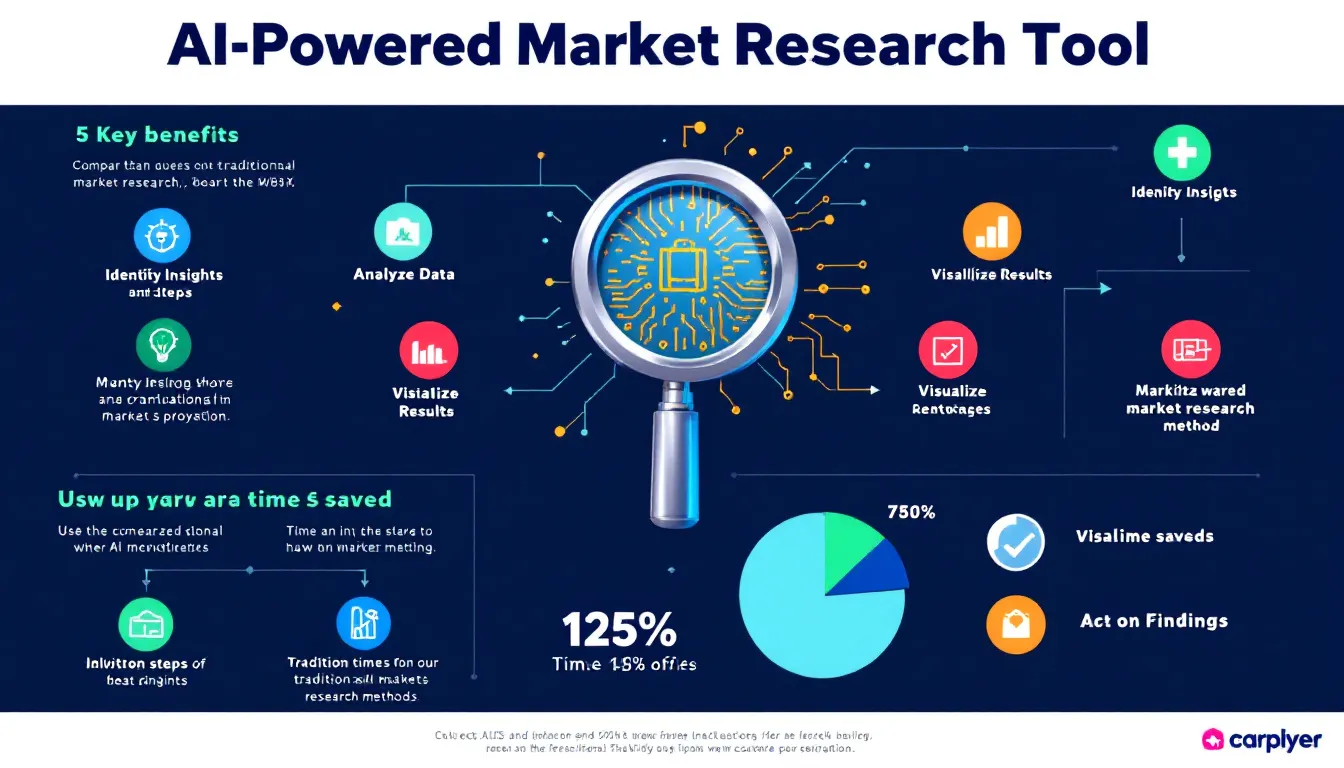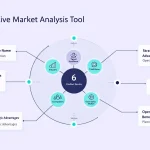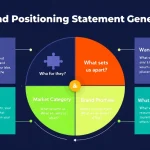Market Research Generator
Is this tool helpful?
How to Use the Market Research Tool Effectively
Follow these steps to get the best results from this comprehensive market research tool:
- Detailed Product Description: Clearly explain your product or service. For instance, you could write “A cloud-based project management software that streamlines team collaboration and task tracking” or “An eco-friendly reusable water bottle with built-in filtration technology.”
- Industry Selection: Enter the sector your product fits into. Examples: “Renewable Energy” or “Educational Technology.”
- Target Market (Optional): Share your ideas about who will use your product. Sample inputs: “Outdoor enthusiasts and environmentally conscious consumers” or “K-12 schools and educators seeking digital solutions.”
- Competitor Information (Optional): List relevant competitors. For example, “Trello, Asana” or “CamelBak, S’well.”
- Geographic Focus (Optional): Specify regions you want to examine, such as “European Union countries” or “Urban areas in Australia and New Zealand.”
After filling in these fields, click the generate button. The tool uses your input to create a tailored market research report, giving you insights relevant to your product and industry.
Market Research Tool: Definition, Purpose, and Benefits
This Market Research Tool helps you explore your product’s potential with detailed analysis of your industry landscape. It gathers data and trends to guide your strategy, making your decisions based on facts rather than guesswork.
The tool empowers you to understand your target market, competitor activity, and growth opportunities. It saves time and resources by automating data analysis and delivering focused insights specific to your product or service.
Purpose of the Market Research Tool
- Evaluate market demand for your product or service
- Identify and understand your ideal customer profile
- Analyze competitors and market gaps to position your offering
- Estimate market size and forecast growth potential
- Provide actionable recommendations for product development and marketing
Key Benefits You’ll Gain
- Save Time: Obtain thorough market insights in minutes instead of weeks
- Enhance Decision-Making: Base your strategies on solid data
- Gain Competitive Advantages: Spot opportunities and weaknesses in your market
- Receive Customized Reports: Insights tailored to your specific product and industry
- Stay Updated: Keep track of market shifts and emerging trends
Practical Uses for the Market Research Tool
This tool supports various business goals across industries. Here are some ways you can apply it:
1. Validating New Product Ideas
Before launching, verify market interest and demand by analyzing consumer preferences and competitor presence. You’ll spot risks and adjust your product features to fit market needs.
2. Defining Your Target Customer
Understand your potential buyers’ age, income, location, and lifestyle to tailor your product and messaging precisely to their preferences and needs.
3. Analyzing Competitors
Identify the main players in your market, evaluate their strengths and weaknesses, and uncover areas where your product can stand out.
4. Estimating Market Size and Growth
Obtain realistic estimates of your market’s revenue potential and growth rate. This data helps you set achievable targets and attract investors.
5. Optimizing Product Development and Marketing
Learn which product features matter most and design marketing strategies grounded in current market trends and consumer behavior.
Examples of Market Research Tool Applications
Tech Company Launching a Virtual Reality Headset
- Analyze emerging VR trends and user adoption rates
- Identify core user demographics and their preferences
- Review competitor products and highlight your unique features
- Estimate the global VR market size and forecast growth
Healthcare Startup Developing a Telemedicine Platform
- Evaluate demand in rural and urban healthcare segments
- Map regulatory factors that affect telemedicine adoption
- Analyze main competitors’ services and pricing models
- Determine target patient populations and healthcare providers
Consumer Electronics Brand Expanding Into Wearables
- Analyze customer interest in fitness trackers and smartwatches
- Assess competitors’ product lines and market positioning
- Identify geographical regions with the highest growth potential
- Provide insights on design trends and consumer expectations
Financial Service Company Entering Green Investment Products
- Define target demographics for sustainable investing
- Examine competitors offering similar funds or services
- Estimate market size for green financial products
- Identify customer needs and tailor investment options accordingly
Educational Institution Launching Online Learning Courses
- Analyze demand for remote education in different regions
- Identify key competitors and popular course topics
- Study learner demographics and their technology habits
- Project growth trends in online education markets
Important Disclaimer
The calculations, results, and content provided by our tools are not guaranteed to be accurate, complete, or reliable. Users are responsible for verifying and interpreting the results. Our content and tools may contain errors, biases, or inconsistencies. Do not enter personal data, sensitive information, or personally identifiable information in our web forms or tools. Such data entry violates our terms of service and may result in unauthorized disclosure to third parties. We reserve the right to save inputs and outputs from our tools for the purposes of error debugging, bias identification, and performance improvement. External companies providing AI models used in our tools may also save and process data in accordance with their own policies. By using our tools, you consent to this data collection and processing. We reserve the right to limit the usage of our tools based on current usability factors.







